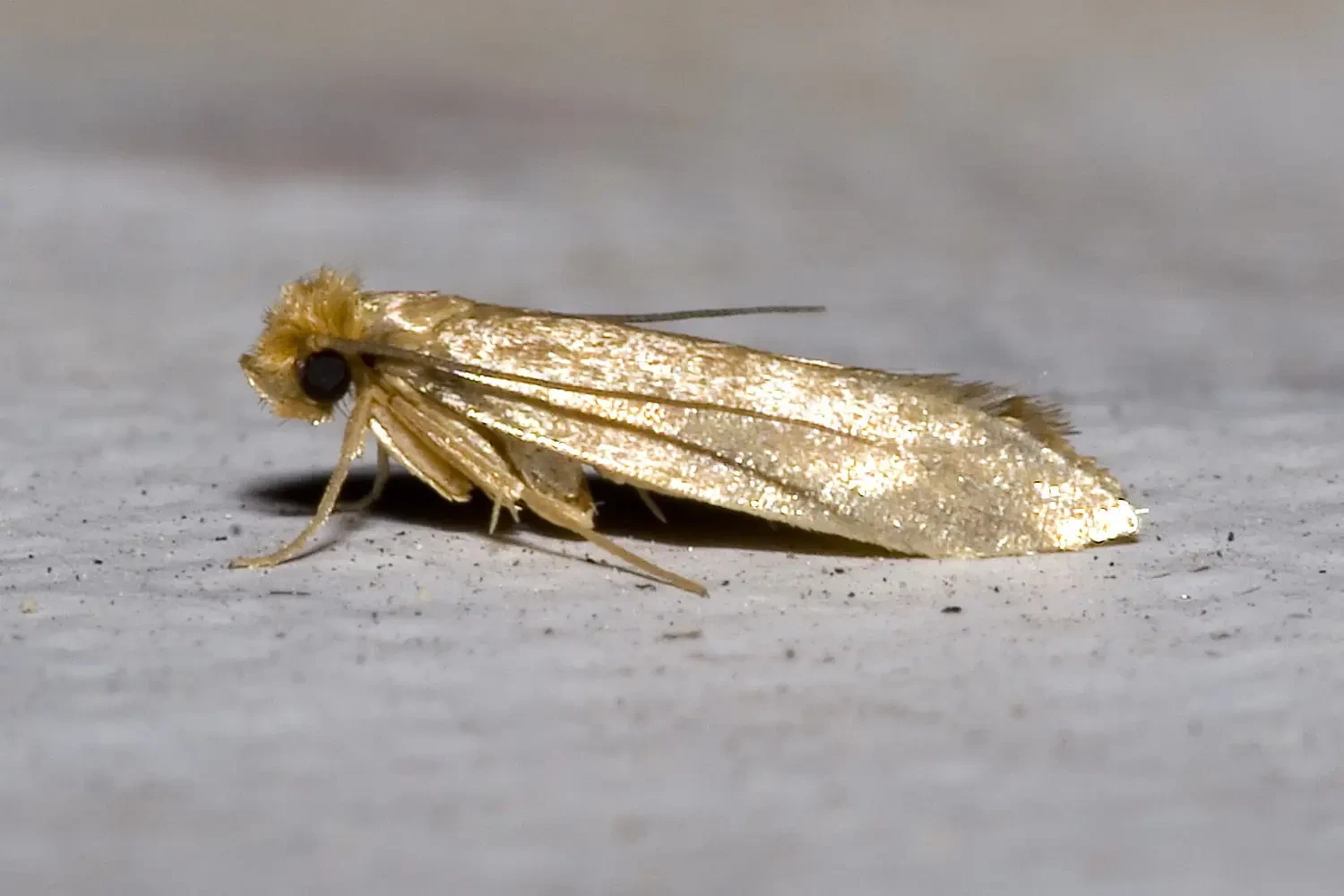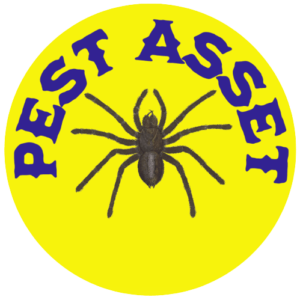
Clothes Moths in Northeast Ohio: A Hidden Threat to Your Wardrobe (And What You Can Do About It)
Table of Contents

Are mysterious holes appearing in your favorite sweaters? You might be dealing with clothes moths, a growing problem in Northeast Ohio homes. From Cleveland’s historic districts to Lorain’s lakefront properties, these persistent pests are becoming increasingly common in our region. Let’s explore why these tiny insects are such a big problem and what you can do to protect your valuable clothing and textiles.
The Rising Tide of Clothes Moths in Northeast Ohio
Cleveland and its surrounding areas have seen a notable increase in clothes moth infestations over the past decade. Our region’s older homes, particularly in areas like Shaker Heights and Cleveland Heights, provide perfect environments for these destructive insects. The combination of our humid summers and heated winters creates ideal conditions for clothes moths to thrive year-round.
Why Cleveland Homes Are Particularly Vulnerable
Northeast Ohio’s housing stock, with many homes dating back to the early 1900s, presents unique challenges when dealing with clothes moths. These historic properties often feature:
- Spacious attics and basements where textiles are commonly stored
- Built-in closets that may lack proper ventilation
- Original wool carpeting and furnishings
- Dark, undisturbed spaces perfect for moth breeding
Understanding Your Enemy: Clothes Moths 101
Unlike their pantry-raiding cousins, clothes moths specifically target animal-based fibers. The most common species in our region are:
- Webbing Clothes Moths (Tineola bisselliella)
- Casemaking Clothes Moths (Tinea pellionella)
These moths have a particular fondness for:
- Wool sweaters and coats (especially prevalent in Northeast Ohio wardrobes)
- Silk garments
- Fur accessories
- Natural-fiber carpets and rugs
- Feather-filled items
The Moth Life Cycle in Our Climate
Cleveland’s climate affects clothes moth behavior uniquely. According to Ohio State University’s Extension Office, adult moths can lay between 40-50 eggs in their lifetime. At room temperature, these eggs hatch within 4-10 days, beginning a destructive cycle that can last year-round in heated homes.

Signs of Infestation: What to Look For
Have you noticed any of these warning signs?
- Small, irregular holes in wool or silk items
- Silken tunnels or tubes on fabric surfaces
- Adult moths flying erratically in dark spaces
- Fine, powder-like deposits near damaged areas
- Unusual carpet wear in undisturbed areas
Why Prevention Matters: The Cost of Clothes Moth Damage
The International Journal of Conservation Science reports that clothes moths cause millions of dollars in damage annually to personal property and museum collections. In Northeast Ohio, where winter wardrobes often include expensive wool and cashmere items, the potential for significant loss is high.
Local Impact: Cleveland’s Unique Challenges
Our region faces specific challenges:
- Longer indoor storage periods due to seasonal changes
- Higher humidity levels near Lake Erie
- Greater reliance on natural fiber clothing for winter

Natural Prevention Methods That Work in Our Climate
- Regular Inspection and Cleaning
- Vacuum closets thoroughly, especially in corners and along baseboards
- Clean stored clothing before putting it away
- Use cedar blocks and lavender sachets as deterrents
- Climate Control
- Maintain proper ventilation in storage areas
- Control humidity levels, especially in summer
- Keep storage areas well-lit when possible
- Storage Solutions
- Use airtight containers for seasonal storage
- Store clean clothes in plastic garment bags
- Include cedar planks in storage containers
When to Call the Professionals
While prevention is crucial, sometimes professional intervention becomes necessary. If you’re seeing multiple signs of infestation, it’s time to contact a pest control expert. Pest Asset specializes in clothes moth control in Northeast Ohio, offering:
- Thorough inspection services
- Targeted treatment plans
- Preventive measures
- Follow-up monitoring
The Pest Asset Difference
Ready to protect your valuable clothing from clothes moths? Contact Pest Asset today for a comprehensive inspection of your home. Our local expertise means we understand the unique challenges of clothes moth control in Northeast Ohio’s climate and housing stock.

Frequently Asked Questions About Clothes Moths in Northeast Ohio
Q: How can I tell if I have clothes moths or carpet beetles? A: Clothes moths are small, golden-colored insects that avoid light and flutter erratically when disturbed. Carpet beetles are rounder and darker, often visible on windowsills. Both cause similar damage, but clothes moths leave silken tubes or webbing on damaged items.
Q: Do clothes moths go away in winter? A: In Northeast Ohio’s heated homes, clothes moths remain active year-round. While they may slow down in unheated spaces, indoor populations continue breeding and feeding throughout winter.
Q: Can I treat a clothes moth infestation myself? A: While DIY methods can help with minor infestations, established populations often require professional treatment. The challenge isn’t just killing visible moths but eliminating eggs and larvae hidden in fabrics.
Q: How long does it take to get rid of clothes moths? A: Complete elimination typically takes 2-6 weeks, depending on the infestation’s severity and the treatment method used. Professional treatment from companies like Pest Asset can significantly speed up this process.
Take Action Now
Don’t let clothes moths destroy your valuable clothing and textiles. Contact Pest Asset today for a free inspection and customized treatment plan. Our local expertise and proven methods will help protect your wardrobe from these destructive pests.
Call Pest Asset at (440) 899-2847 or visit our website at pestasset.com to schedule your free inspection today.


